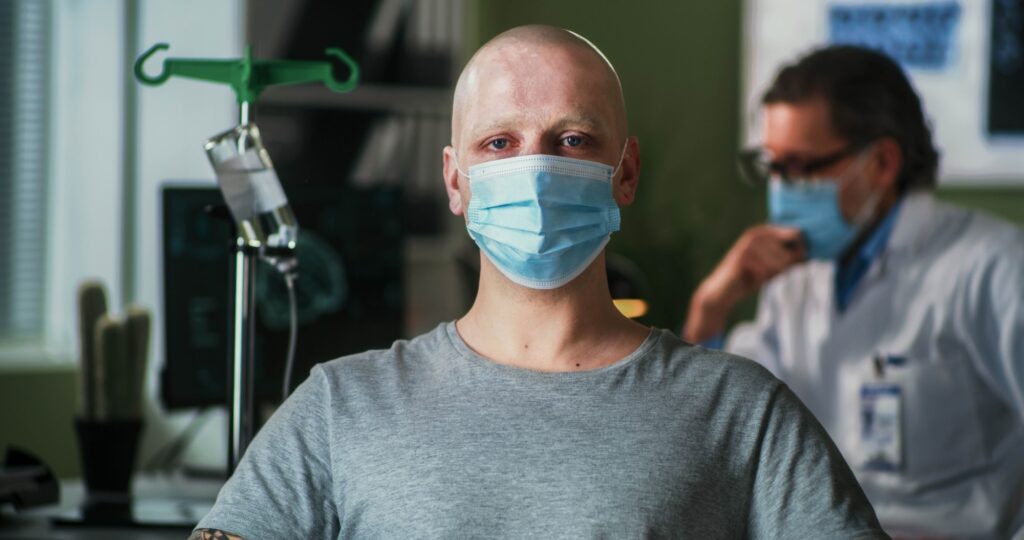
Childhood cancer survivors continue to face significant health challenges long after overcoming their initial diagnoses. A groundbreaking study published in The Lancet Regional Health has found that these individuals remain particularly vulnerable to severe COVID-19, even decades after their cancer treatment. This revelation has prompted calls for health authorities to reconsider protection strategies tailored to this high-risk group in future pandemics.
The study, titled “COVID-19 infection and severity among childhood cancer survivors in Denmark and Sweden: a register-based cohort study with matched population and sibling comparisons,” provides the first European and nationwide population-based analysis of its kind. It highlights the ongoing health vulnerabilities faced by childhood cancer survivors, emphasizing the need for targeted interventions during health crises.
Understanding the Risks
Childhood cancer is a growing concern globally, with over 400,000 children aged 0-19 diagnosed each year. Advances in medical treatments have significantly improved survival rates, with more than 85% of children in high-income countries surviving at least five years post-diagnosis. However, these survivors often face long-term health complications, including an increased risk of severe illnesses like COVID-19.
During the COVID-19 pandemic, individuals with a history of cancer were observed to have a higher risk of severe disease and related mortality. Yet, data specifically focusing on childhood cancer survivors has been limited, with previous studies primarily addressing psychological and lifestyle impacts of the pandemic.
The Study’s Approach
The recent study involved 13,659 childhood cancer survivors from Denmark and Sweden, all diagnosed before the age of 19. Researchers compared their risk of SARS-CoV-2 infection and severe COVID-19 against 58,803 individuals from the general population, matched by birth year, sex, and country. Additionally, comparisons were made with the survivors’ siblings to account for shared familial factors.
Denmark and Sweden were chosen for their contrasting pandemic responses. Denmark implemented strict measures, including lockdowns and mandatory mask-wearing, while Sweden opted for a more relaxed approach, relying on recommendations rather than mandates.
Key Findings
The study revealed that childhood cancer survivors initially faced a similar risk of severe COVID-19 as the general population. However, as more transmissible variants like Alpha and Omicron emerged, these survivors exhibited a higher risk of severe disease.
Childhood cancer survivors had a 58% higher risk of severe COVID-19 compared to the general population (aHR = 1.58) and a twofold risk compared to their siblings (aHR = 2.02).
Interestingly, while survivors were less likely to contract SARS-CoV-2, they were more prone to severe outcomes once infected. This trend was particularly pronounced during the Omicron wave. The study also noted that survivors diagnosed with cancer at age 15 or older, those with solid tumors, and survivors aged 50 or above at the pandemic’s onset were at heightened risk.
Implications for Future Health Strategies
Despite the relative risk being higher, the absolute risk of severe COVID-19 among survivors remained low, with only 0.8% diagnosed with severe disease during the study period. This suggests that while childhood cancer survivors should be prioritized for interventions, the overall threat level is moderate.
The study’s findings underline the importance of classifying childhood cancer survivors as a high-risk group, potentially prioritizing them for vaccinations and other protective measures during pandemics. The similar proportions of severe COVID-19 cases in Denmark and Sweden, despite differing pandemic strategies, further highlight the need for tailored approaches that consider the unique vulnerabilities of cancer survivors.
Challenges and Future Directions
The study acknowledges certain limitations, such as the inability to stratify results by specific cancer subtypes due to limited statistical power. Additionally, the potential underreporting of comorbidities managed in primary care settings could have influenced the findings.
Nevertheless, this research provides crucial insights for future pandemic preparedness, emphasizing the need for targeted interventions to protect high-risk populations. As the world braces for potential future health crises, the lessons learned from this study could guide more effective and inclusive public health strategies.
As health authorities digest these findings, the focus will likely shift towards developing comprehensive protection plans for childhood cancer survivors, ensuring they receive the necessary support and resources to mitigate risks during pandemics.






